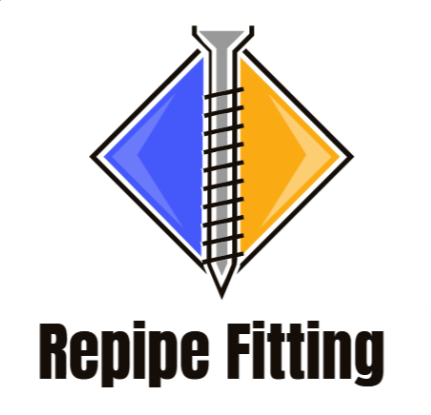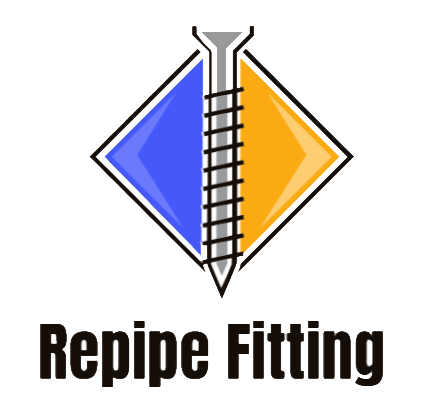Introduction
Every home has a plumbing vent, often referred to as a roof vent or vent stack. This vent ensures that your drainage vent system functions properly, allowing sewer gases to escape and fresh air to enter. However, like all things, it can get clogged. Let’s understand why it’s essential and what happens when it’s blocked.
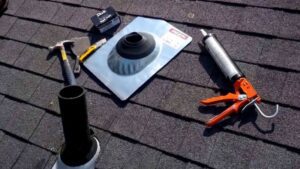
Importance of Vent Pipes in the Plumbing System
The plumbing vent plays a pivotal role in maintaining the water seal in your drain traps. This seal prevents sewer odors from entering your home. Without a functioning vent, you might notice a sewer smell, indicating a problem with your sewer venting system.
Consequences of a Blocked Vent Pipe
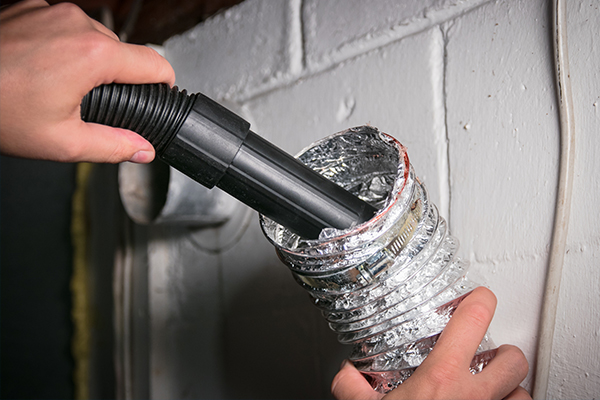
A clogged vent can lead to several issues:
- Stagnant Water: Water flow in drain pipes can become slow, leading to stagnant water.
- Sewer Gas: With a blocked vent, sewer gas can’t escape, leading to a foul smell in your home.
- Sewer Backup: In severe cases, a clogged vent can cause a sewer backup, which is both unsanitary and costly to fix.
Equipment Needed
Before we start, ensure you have the right tools and safety equipment. Remember, safety first!
Safety Equipment: Rubber Gloves, Eyewear, and Roof Harness

- Rubber Gloves: Protect your hands from debris and any sewer residue.
- Eyewear: Keeps dust, leaves, and other particles out of your eyes.
- Roof Harness: Essential for safety when working on the roof.
Secure Ladder Ensure your ladder is sturdy and placed on even ground. It’s your gateway to the roof, after all!
Snake Drain with a Camera and Flashlight A snake drain helps you navigate through the PVC pipe, while a camera and flashlight allow you to see blockages. This is where technology meets plumbing!
Auger or Hydro Jetter These tools help in clearing out stubborn blockages, such as tree branches or vermin nests.
Assistance for Testing the Plumbing System It’s always good to have a buddy system. Someone can help you test the plumbing system from inside the house while you’re on the roof.
Steps to Unclog Your Vent Pipe:
- Safety First: Wear your safety equipment and ensure your ladder is secure.
- Locate the Clog: Using your flashlight, inspect the vent stack for visible blockages like leaves, birds’ nests, or rats.
- Use the Snake Drain: Insert the snake drain with the camera into the vent pipe. This will give you a clear view of any blockages.
- Clear the Blockage: Use the auger or hydro jetter to clear out the blockage. Remember to be gentle; you don’t want to damage the PVC pipe or rubber gasket.
- Test the System: With the help of your assistant, test the plumbing system. Ensure there’s no stagnant water or sewer odours.
Step-by-step Guide to Unclogging a Vent Pipe

Welcome back! Now that you’re equipped with the necessary tools and knowledge, let’s dive deeper into the process of unclogging that pesky vent pipe on your roof.
Diagnosing the Problem
Before we start, it’s essential to understand the symptoms of a clogged vent pipe. This will help you determine the severity of the blockage.
Identifying Symptoms of a Clogged Vent Pipe
- Smell: One of the first signs of a clogged vent is the unpleasant sewer smell permeating your home.
- Gurgling Sounds: If you hear gurgling sounds from your drain pipes, it’s a sign of air pressure imbalance caused by a clogged vent.
- Multiple Slow-Draining Pipes: When more than one drain is slow, it’s likely due to a clogged roof vent.
Securing the Workspace
Safety should always be your top priority, especially when working at heights.
Safety Precautions When Working on the Roof
- Ensure your ladder is stable and extends at least three feet above the roof edge.
- Always wear a roof harness attached to a secure anchor point.
- Avoid working in adverse weather conditions, especially during rain, snow, or windy weather.
Using a Drain Snake with a Camera

A drain snake equipped with a camera is a plumber’s best friend. It allows you to visually inspect the inside of the vent pipe.
Importance of Visual Inspection
- Helps identify the exact location and nature of the blockage.
- Reduces the risk of damaging the PVC pipe or rubber gasket.
- Provides a clear view of any debris, vermin, or tree branches causing the blockage.
Breaking Down the Clog
Once you’ve located the blockage, it’s time to tackle it head-on.
Using Water Pressure to Clear Debris
- Pour boiling water down the vent pipe to soften the blockage.
- Use a hose with a high-pressure nozzle to break down and flush out the debris.
Using an Auger or Jetter
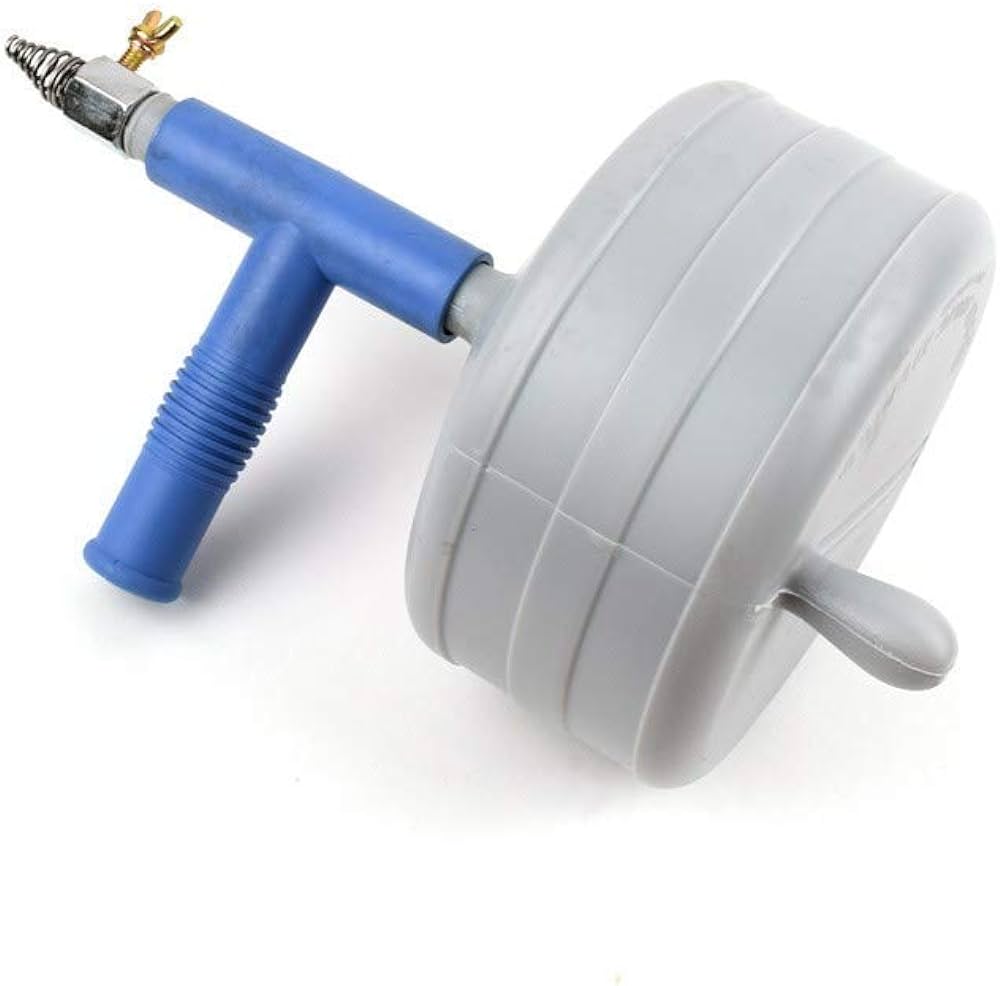
For stubborn blockages, you might need to bring out the big guns.
When and How to Use Specialized Equipment
- Auger: This tool is excellent for breaking up solid blockages like bird nests or rat nests.
- Hydro Jetter: Uses high-pressure water to clear out blockages, especially effective for clearing out leaves, dust, and other debris.
Checking for Further Clogs
After clearing the initial blockage, it’s essential to ensure the entire vent pipe is clear.
Ensuring the Entire Vent Pipe is Clear
- Reinsert the drain snake with the camera to inspect the entire length of the vent pipe.
- Check for any residual debris or potential areas where future blockages might occur.
The Debate on Drain Cleaners
While some might suggest using chemical drain cleaners, there’s a debate on their effectiveness and safety.
Pros and Cons of Chemical Solutions
- Pros: Quick and easy to use, available at most hardware stores.
- Cons: Can damage PVC pipes, is harmful to the environment, and might not be effective against all types of blockages.
Dealing with Root Intrusions
Sometimes, the problem isn’t debris or vermin but intrusive tree roots.
When to Seek Professional Help
- If you suspect or confirm that tree roots are intruding into your vent pipe, it’s best to consult a professional. They have specialized equipment and expertise to address this issue without causing further damage.
Conclusion
As we wrap up this comprehensive guide on unclogging your vent pipe, it’s essential to take a moment to reflect on what we’ve learned and the importance of maintaining a functional plumbing system. After all, a well-maintained plumbing vent ensures a comfortable and odor-free home.
Reiterating the Importance of a Functional Vent Pipe
Your plumbing vent, often referred to as a roof vent or vent stack, is the unsung hero of your plumbing system. It plays a pivotal role in:
- Maintaining Air Pressure: A functional vent ensures that air pressure within the drainage vent system is balanced, preventing issues like gurgling sounds or slow-draining pipes.
- Preventing Sewer Odours: The vent allows sewer gases to escape, ensuring that your home remains free from unpleasant sewer smells.
- Protecting Your Health: By preventing sewer gas from entering your home, the vent also protects you from potential health hazards associated with these gases.
Steps to Take if Issues Persist
Even after your best efforts, if you still face issues with your vent pipe, here’s what you should do:
- Re-inspect: Use a sewer video inspection tool to recheck the vent pipe for any missed blockages.
- Professional Help: If the problem persists, it might be time to call in the experts. A professional plumber can provide a more in-depth sewer inspection and address complex issues.
- Check Other Components: Sometimes, the problem might not be with the vent pipe itself but with related components like the sewer line, septic system, or drain traps.
Importance of Regular Maintenance and Checks
Prevention is always better than cure. Regular maintenance of your plumbing system can save you from potential headaches in the future.
- Seasonal Checks: Especially after fall, when leaves and debris are abundant, and after winter, to check for ice capping or damage.
- Clear Surrounding Area: Ensure the area around your roof vent is free from tree branches that might drop leaves or vermin that might seek shelter.
- Annual Professional Inspection: Consider getting a professional sewer inspection at least once a year to ensure everything is in tip-top shape.
Final Thoughts
Your home’s comfort and safety hinge on various components and the plumbing vent is one of them. By understanding its importance and ensuring its regular maintenance, you not only ensure a pleasant living environment but also save on potential repair costs.
